| What is a mooring system? |
A mooring system is a combination of anchors, chains, ropes, and buoys used to secure a vessel or floating structure in place, typically in a harbor, port, or offshore location. |
| How does a mooring system work? |
A mooring system works by anchoring a vessel to the seabed or a fixed structure using one or more anchors connected to the vessel via chains, ropes, or cables. The mooring lines are adjusted to maintain the vessel in a stable position despite changing environmental conditions. |
| What are the components of a mooring system? |
The main components of a mooring system include anchors, anchor chains or ropes, mooring buoys, shackles, swivels, and other hardware used to connect the vessel to the mooring point. |
| What are the primary functions of a mooring system? |
The primary functions of a mooring system are to keep a vessel or floating structure securely in place, prevent drifting or movement caused by wind, waves, or currents, and facilitate safe and efficient loading, unloading, and operations. |
| Why are mooring systems important? |
Mooring systems are essential for maritime operations as they provide stability and security for vessels and offshore structures, allowing them to remain stationary or controlled in position during loading, unloading, and offshore activities. |
| What types of vessels use mooring systems? |
Various types of vessels use mooring systems, including ships, barges, floating platforms, offshore rigs, and floating docks, as well as floating structures such as buoys and pontoons. |
| Are there regulations governing the design and use of mooring systems? |
Yes, maritime authorities and classification societies have regulations and guidelines specifying the design, construction, inspection, and maintenance requirements for mooring systems to ensure their safety and reliability. |
| How should mooring systems be maintained? |
Mooring systems should be regularly inspected for signs of wear, corrosion, or damage, and maintained according to manufacturer recommendations and industry standards to ensure their integrity and effectiveness. |
| Where can one purchase mooring systems? |
Mooring systems can be purchased from maritime equipment suppliers, specialized manufacturers, and companies offering marine engineering and offshore solutions. |
| Can crew members receive training in the operation of mooring systems? |
Yes, crew members involved in mooring operations should receive training in the safe and proper use of mooring equipment, including anchoring procedures, line handling, and emergency response protocols. |


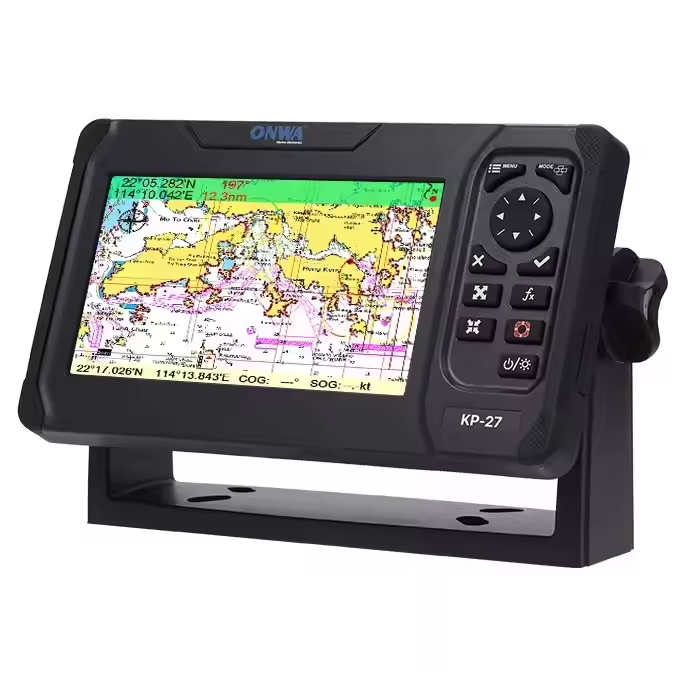
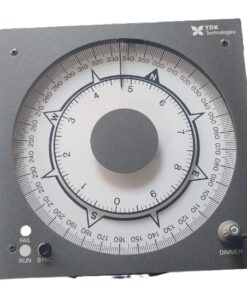
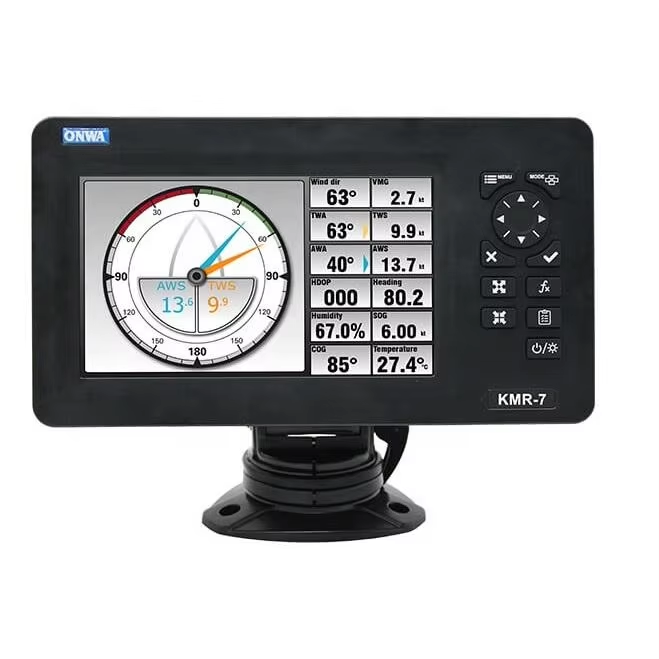
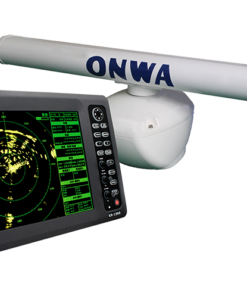
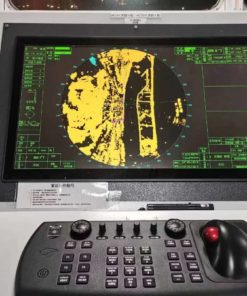
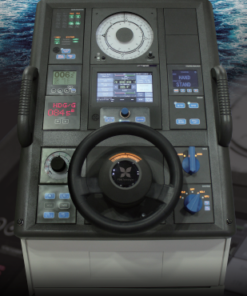
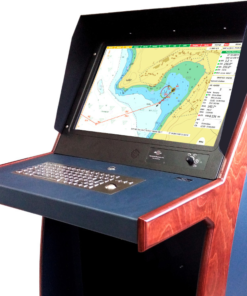
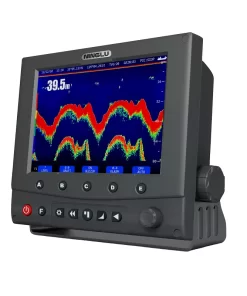
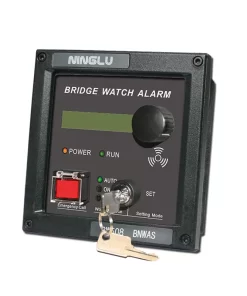
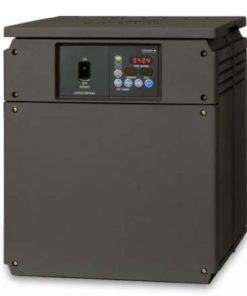
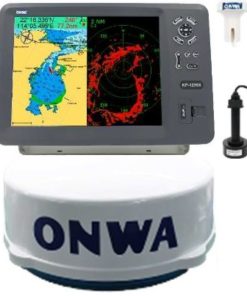
Latest Products
YDK Technologies MKN020 Gyro compass connection box
AED 3,960.0Original price was: AED 3,960.0.AED 2,850.0Current price is: AED 2,850.0.Onwa KM-8X 5-in-1 Marine Bundle Set Radome – GPS, Chartplotter, EchoSounder, AIS, Radar
8-inch GPS Chart Plotter with AIS and Radar
Onwa KM-8A (BUNDLE) 8-inch Color TFT LCD GPS Chart Plotter with Class B+ AIS Transponder MFD [BUNDLE]